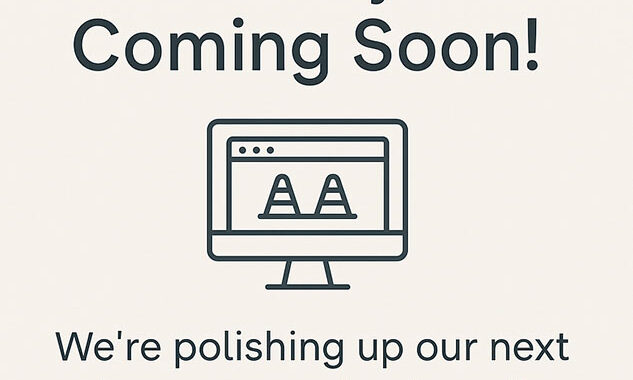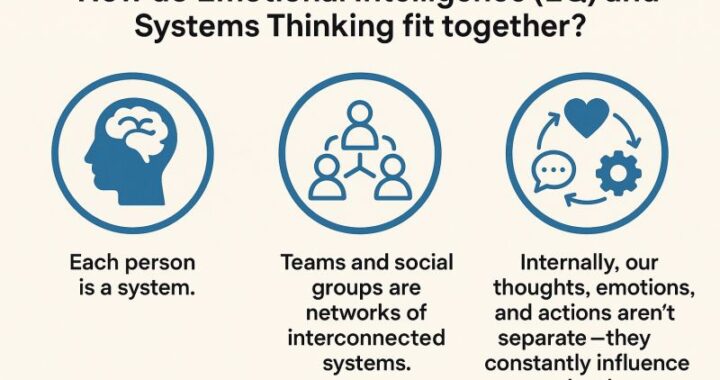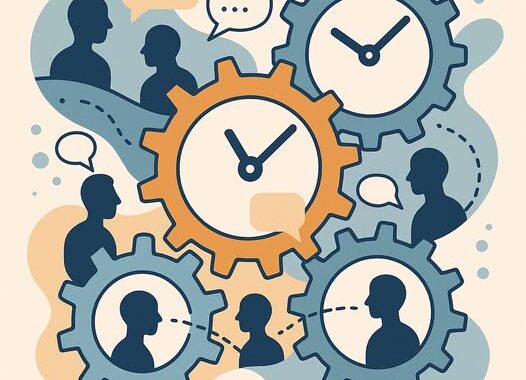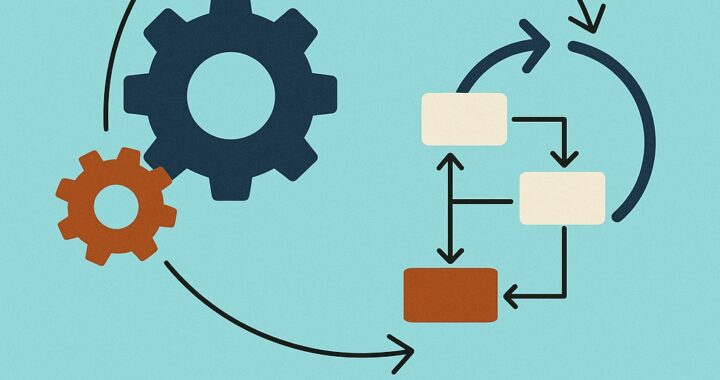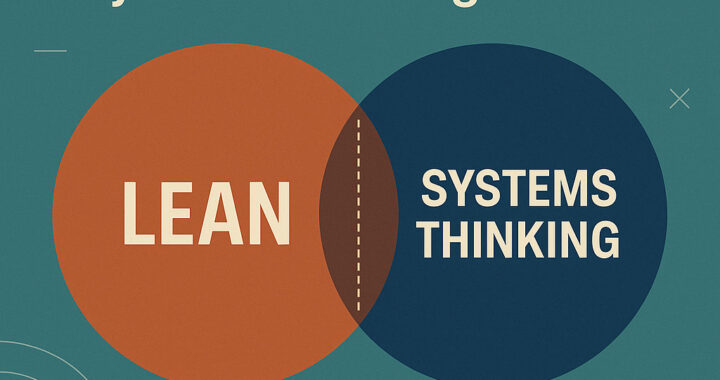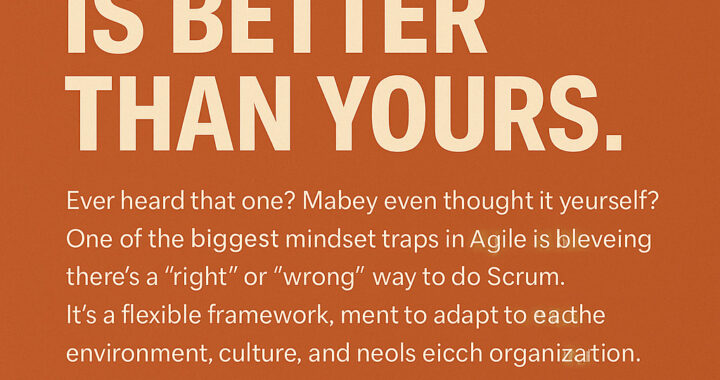The last 4 sites, 2 PHP & 2 WordPress to be added soon
EQ & Systems Thinking
Seeing the Whole Picture
And just like any network, patterns form — silos, miscommunication, or slow feedback.
These aren’t just annoying… they hold back real progress.
Stronger collaboration, smoother communication, better outcomes.
Every team is its own little social network.
Continuous Learning
Building Bridges
In Agile environments, success hinges on more than just frameworks, it’s about fostering collaboration, empathy, and having a shared purpose.
Team Performance
Organization Growth Limits?
Lean and Systems Thinking difference?
What’s the difference between Lean and Systems Thinking? Let’s talk!
Both Lean and Systems Thinking are powerful approaches to improving how organizations work.
While they complement each other, they aren’t the same.
👉 Lean offers a hands-on method focused on streamlining processes, eliminating waste, and driving continuous improvement, all while keeping the bigger picture in mind.
👉 Systems Thinking steps back even further, focusing on how different parts of a system interact and influence one another.
While Lean is action-driven and Systems Thinking is more about mindset and perspective, together they create a stronger foundation for lasting change.
Systems Thinking can make Lean tools even more effective by keeping the full system in view.
In short: Lean sharpens the “how,” while Systems Thinking deepens the “why.”
Have you worked with Lean or Systems Thinking before?
Which one feels more natural to you? Which one have you found more challenging?
Or
Have you ever experienced one being used while the value of the other was overlooked?
I’d love to hear your experiences! 👇
My Scrum is Better than Yours!
Ever heard that one? Maybe even thought it yourself?
One of the biggest mindset traps in Agile is believing there’s a “right” or “wrong” way to do Scrum. But the truth is, Scrum isn’t one-size-fits-all. It’s a flexible framework, meant to adapt to the environment, culture, and needs of each unique team and organization.
Still, when people join a new company, they often expect Scrum to look exactly like it did in their last role, because that version “worked.” But that mindset can actually block learning, growth, and innovation.
👉 What if, instead of asking “Is this Scrum good or bad?” we asked:
“Does this way of working help us continuously learn and deliver value?”
I’ve seen teams run retrospectives less frequently than their sprint cadence, believing it saves time. But when retros aren’t just skipped occasionally with intent and instead are consistently deprioritized, the team loses one of its most powerful opportunities to reflect, learn, and evolve. It’s not about ticking Scrum-defined boxes, it’s about fostering a culture of continuous improvement.
At the end of the day, Scrum only works when we understand the why behind each part of the framework and when we adapt it proactively, not reactively.
💬 What do you think?
Have you ever run into the “My Scrum is better than yours” mindset?
How do you navigate different interpretations of Scrum across teams?
👉 You’re invited to join the conversation — share your thoughts, experiences, or lessons learned.
#agile #Scrum #ContinuousImprovement #mindsetmatters #agileleadership #nooneway

